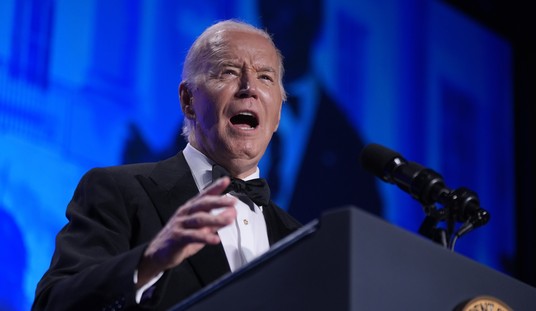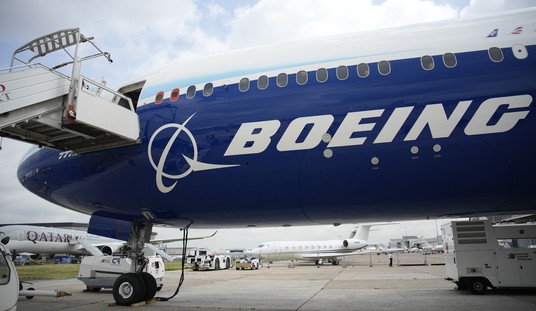As lines grew at airports and passengers began to fume, Congress lumbered into action, holding hearings on furloughs and sequestration, and, ultimately tweaking the law to allow the Federal Aviation Administration (FAA) to add more manpower at the nation’s air traffic control towers. The only silver lining to the whole calamity may be that some small part of the government actually had a real discussion about spending. Not that it solves the underlying problem or averts mounting complaints about flying. If Congress was serious about improving air travel, they would have moved forward with plans to modernize our aviation system with new technologies that would render many of the existing towers redundant and obsolete, while allowing private entrepreneurs to play a larger role in airport management.
Airlines were deregulated in 1978, saving consumers billions of dollars and opening air travel to a much larger public. But as anyone who has flown recently knows, air travel is far less enjoyable than it was in the days of regulation and pampered passengers. It’s not just the TSA security checks; airlines have restructured their routes to keep flights as full as possible while trimming back on amenities. And airport facilities lag far behind the growing demand for air travel. In short, air travel is a no frills experience that leaves many passengers dreading the trip to the airport.
A large part of the problem is that while airlines have been deregulated, airports remain mired in red tape and bureaucratic sclerosis that make expansion and modernization difficult. The FAA relies on antiquated technologies to regulate increasingly congested skies. An upgrade is sorely needed, and the technology exists to more accurately monitor planes in the sky with significantly fewer facilities on the ground. In fact, a study by the Reason Foundation finds that over 100 air traffic control centers could be closed if new technologies are adopted for a smaller set of modern facilities that can manage flights “from anywhere-to-anywhere.” These changes would generate a one-time windfall of $1.7 billion as well as annual savings of $1 billion a year.
In addition to obsolete technologies, airport infrastructure improvement projects are hampered by bureaucratic oversight and politically powerful interests—from the air traffic controllers union, to monopolistic airlines with virtual veto power over new gates, to politicians seeking to divert federal dollars to favored projects. Delays and cost overruns plague airport improvement projects, leaving passengers in crowded and dilapidated waiting areas.
A better solution would be to harness the power of entrepreneurship by allowing the private sector to manage airport facilities. The deregulation that began in 1978 needs to be extended to airport facilities as well. The United States is a straggler in this respect, with many countries around the globe already shifting airports and airport management to private companies. From the U.K. to Australia, airports have been shifted towards private management, funded by aviation users. Canada has completely privatized its air traffic control system and is a model for other countries, including the United States. A shift to the private sector would provide access to capital markets to fund the necessary improvements that are fast outstripping the capacity of the Airport Trust Fund and the federal government’s ability to pay.
Unfortunately, the United States has a long way to go before air travel is on solid operational and financial ground. Despite the obvious flaws of the current system, the political interests that have congealed around the status quo make change difficult. Much of this can be explained by what economist Gordon Tullock called the transitional gains trap. That is, the current system bestowed substantial benefits on particular groups, such as the air traffic controllers who continue to man the control towers that would become obsolete in an upgraded system. Or the politicians who see dollars and jobs in airport improvement projects. Tullock notes that over time these benefits dissipate and the programs may become ineffective. Yet change will impose significant costs on these groups, creating a powerful coalition opposing reform.
Air travel has become an inconvenience, and it will only get worse in the future. Congress rescued the flying public from the burden of sequestration, but has done little to address the more serious concerns about the future of aviation. The federal budget—with a debt ceiling looming and a growing entitlement problem—is hardly up to the task of bringing air travel into the 21st century. The United States should take its cue from the countries around the world that have turned to the private sector to build the air transport systems of the future.












Join the conversation as a VIP Member